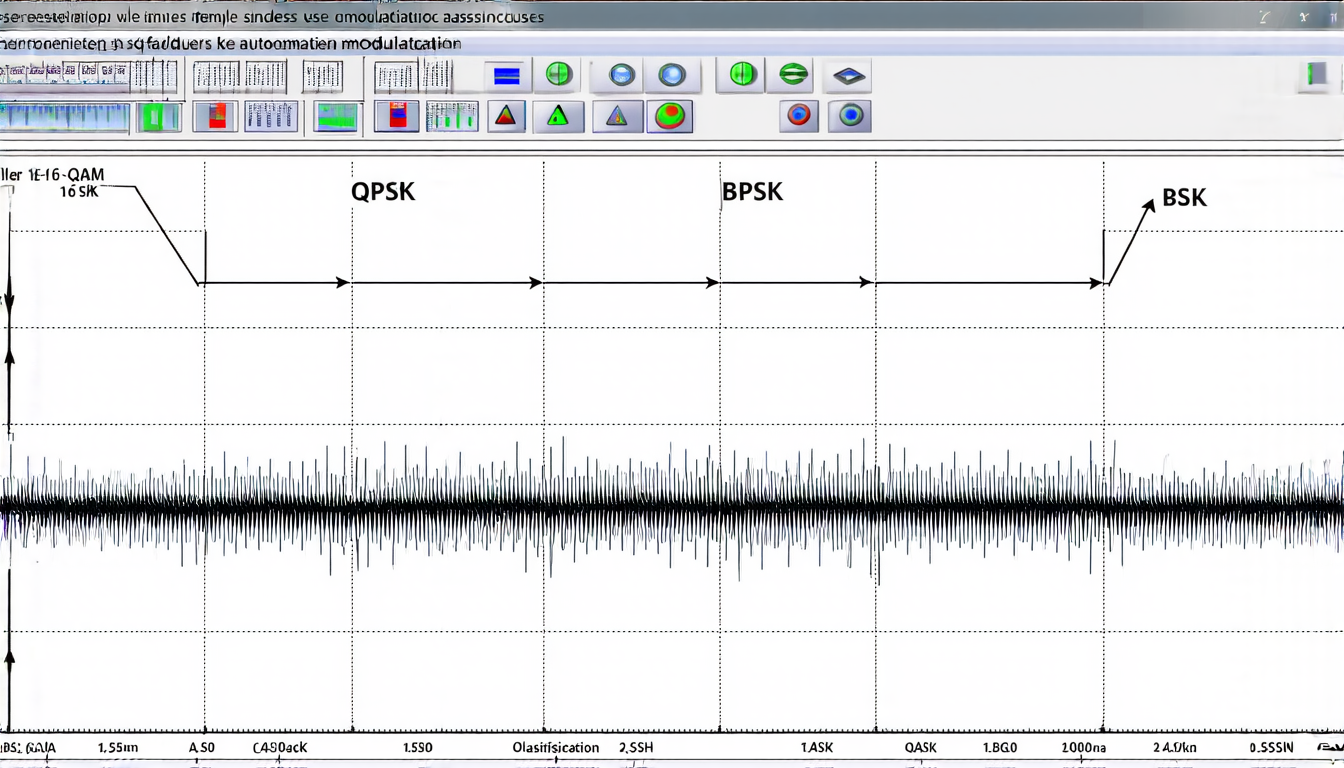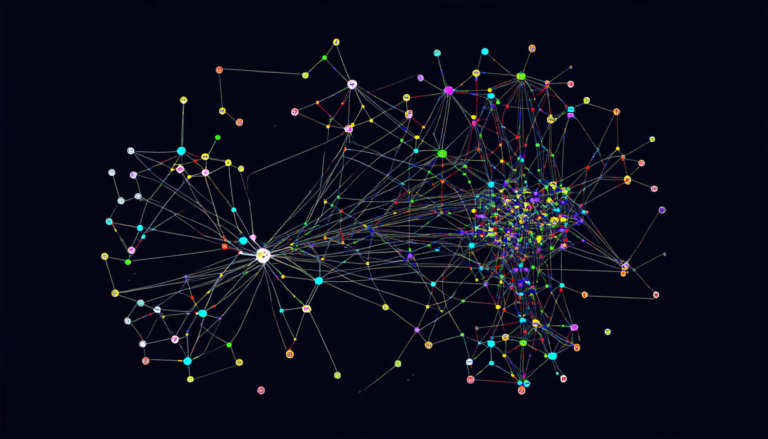Wednesday 13 August 2025
The quest for efficient spectrum utilization has long been a pressing concern in the world of wireless communication. As our reliance on mobile devices and IoT nodes continues to grow, so too does the need for innovative solutions that can accurately identify modulation schemes in received signals. Automatic Modulation Classification (AMC) plays a crucial role in this endeavor, serving as a vital capability for dynamic spectrum allocation and interference mitigation.
A team of researchers has made significant strides in addressing this challenge with the development of a lightweight deep learning model optimized for resource-constrained edge devices. The proposed dual-path deep residual shrinkage network (DP-DRSN) boasts remarkable classification accuracy while maintaining an impressively low computational overhead.
To better understand how this innovation works, let’s take a step back and examine the anatomy of AMC. In essence, it involves training a machine learning model to distinguish between various modulation schemes, such as QPSK, 16-QAM, or BPSK. These schemes are characterized by distinct signal waveforms, which are then used to train the model.
The researchers’ approach leverages a dual-path architecture, wherein two parallel streams of convolutional neural networks (CNNs) process input signals in tandem. The first stream focuses on feature extraction, using a combination of convolutional and pooling layers to identify patterns within the signal waveforms. Meanwhile, the second stream employs a residual shrinkage network to denoise the extracted features, effectively removing unwanted noise and interference.
The resulting output from both streams is then fed into a fusion layer, where the two signals are combined through a concatenation operation. This enables the model to leverage the strengths of each individual path, ultimately leading to improved classification accuracy.
One of the most striking aspects of this research is its emphasis on efficiency. The proposed DP-DRSN architecture boasts an impressively low number of trainable parameters – just 27,000 – making it suitable for deployment on resource-constrained edge devices. In contrast, many existing AMC models require significantly more computational resources, rendering them impractical for real-world implementation.
To test the efficacy of their approach, the researchers conducted experiments using three publicly available datasets: RML2016.10a, RML2016.10b, and RML2018.01a. The results were impressive, with average classification accuracies ranging from 61.20% to 63.78%.
Cite this article: “Lightweight Deep Learning Model for Efficient Modulation Classification”, The Science Archive, 2025.
Automatic Modulation Classification, Deep Learning, Edge Devices, Wireless Communication, Iot, Machine Learning, Modulation Schemes, Qpsk, 16-Qam, Bpsk







